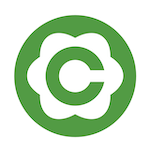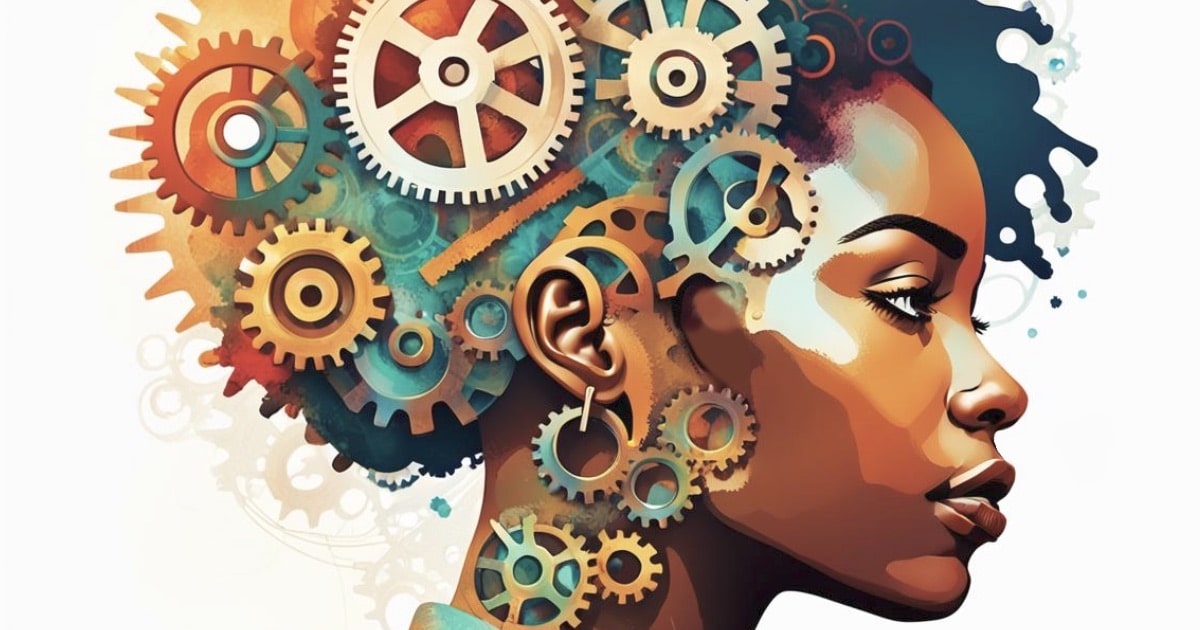Your cart is currently empty!
1. Mastering the Art of Creative Thinking
Thinking Ideas to Life: The Tools and Resources
Discover the essential resources that can support your creative journey. From software and materials to professional networks, learn how leveraging the right tools can enhance your productivity and innovation.
In addition to the human capacity to generate ideas, a few fundamental steps and practices are required to nurture and validate an idea throughout its development.
Today, with the aid of digital technology, methods for validating and refining ideas are more accessible than ever. Different phases of ideation can be supported by specialized tools that help bring concepts to life. For instance, photo editing software like Luminar Neo allows photographers to professionally enhance their images with ease and precision. Similarly, Webflow enables designers to build custom websites without requiring coding expertise, making high-quality web design accessible to a broader audience.
As technology advances, AI-powered tools are emerging, further streamlining creative processes. These tools help automate tasks, enhance productivity, and even suggest innovative solutions, enabling users to focus more on the creative aspects of their work.
Examples include AI-driven content creation platforms, automated design assistants, and smart editing tools that reduce manual labor. Writesonic and Rytr are both good affordable content creation examples that help with efficiency and structuring your written ideas. Other great examples of how AI technology can help with bringing your ideas to fruition faster, can be found at SoftwareFolder
The Digital Process
Digital technology has reshaped the creative landscape, fostering not only dynamic work environments but also introducing conveniences that significantly boost productivity and innovation. These technologies streamline tasks, automate repetitive processes, and improve communication, resulting in more efficient workflows.
For example, project management platforms like Trello and Asana allow teams to track progress in real-time, ensuring seamless collaboration across departments. Additionally, tools like Slack or Microsoft Teams enhance communication, reducing the friction that can arise from misaligned objectives or missed deadlines.
Furthermore, digital tools empower businesses to scale operations by optimizing data accuracy, automating tasks, and minimizing human error.
The outcome is a more agile and responsive business environment where decision-making is faster, more informed, and adaptable to rapidly changing market conditions.
AI and machine learning tools further enhance this adaptability by providing predictive insights, allowing businesses to anticipate trends and make proactive decisions.
More software platforms and application examples for creative thinkers…
a) Creative Software Suites:
Tools like Adobe Creative Cloud, Figma, or Blender offer a suite of powerful applications for design, animation, and prototyping.
Whether you’re working on graphic design, digital art, or 3D modeling, these platforms provide the flexibility and technical capabilities to transform your concepts into polished projects.
For coders and developers, platforms like Visual Studio Code or GitHub are indispensable in building and deploying tech-based solutions.
b) Prototyping and Collaboration Tools:
Platforms such as InVision, Miro, and Trello help bridge the gap between idea conceptualization and actual product development.
These tools allow for rapid prototyping, feedback gathering, and real-time collaboration with teams, making them ideal for startups, creative agencies, or solo creators looking to refine their ideas and ensure functionality before full-scale production.
c) Professional Networks and Creative Communities:
Joining networks such as Behance, Dribbble, or LinkedIn allows you to connect with other professionals in your field, showcase your work, and receive constructive feedback. These platforms not only boost your visibility but also offer a wealth of inspiration and opportunities for collaboration with like-minded individuals or companies.
d) Online Learning Platforms:
Continuous learning is key to innovation. Websites like Skillshare, Coursera, or MasterClass offer workshops, tutorials, and courses on everything from design principles to coding and marketing strategies.
By investing time in expanding your skill set, you stay competitive and adaptable in an ever-evolving creative landscape.
Using these tools and resources, you can turn your creative concepts into reality, streamline your workflow, and stay connected with the larger creative community.
Thinking Techniques
Explore how different techniques can transform your ideas into tangible concepts. This guide delves into practical methods and approaches that will help you navigate the creative process with confidence and efficiency techniques.
1. Mind Mapping for Idea Clarity
Start with a clear plan. Mind mapping allows you to visually organize your thoughts, ideas, and connections. By structuring your concepts in a dynamic and flexible way, you can break down complex ideas into manageable steps, spot potential opportunities, and ensure your project has a coherent direction.
2. Prototyping and Iteration
Don’t wait for perfection before getting started. Use rapid prototyping to create early versions of your idea. Iterating on these prototypes helps you refine your concept, gather feedback, and make improvements before launching a full-scale project. This technique ensures that your final product is more polished and aligned with your goals.
3. Agile Project Management
Adopt an agile mindset to stay adaptable and responsive throughout the creative process. Agile methodologies, such as Scrum or Kanban, encourage you to work in short sprints, prioritize tasks effectively, and review progress regularly. This ensures that you can pivot quickly if needed and continuously improve your project’s outcomes.


